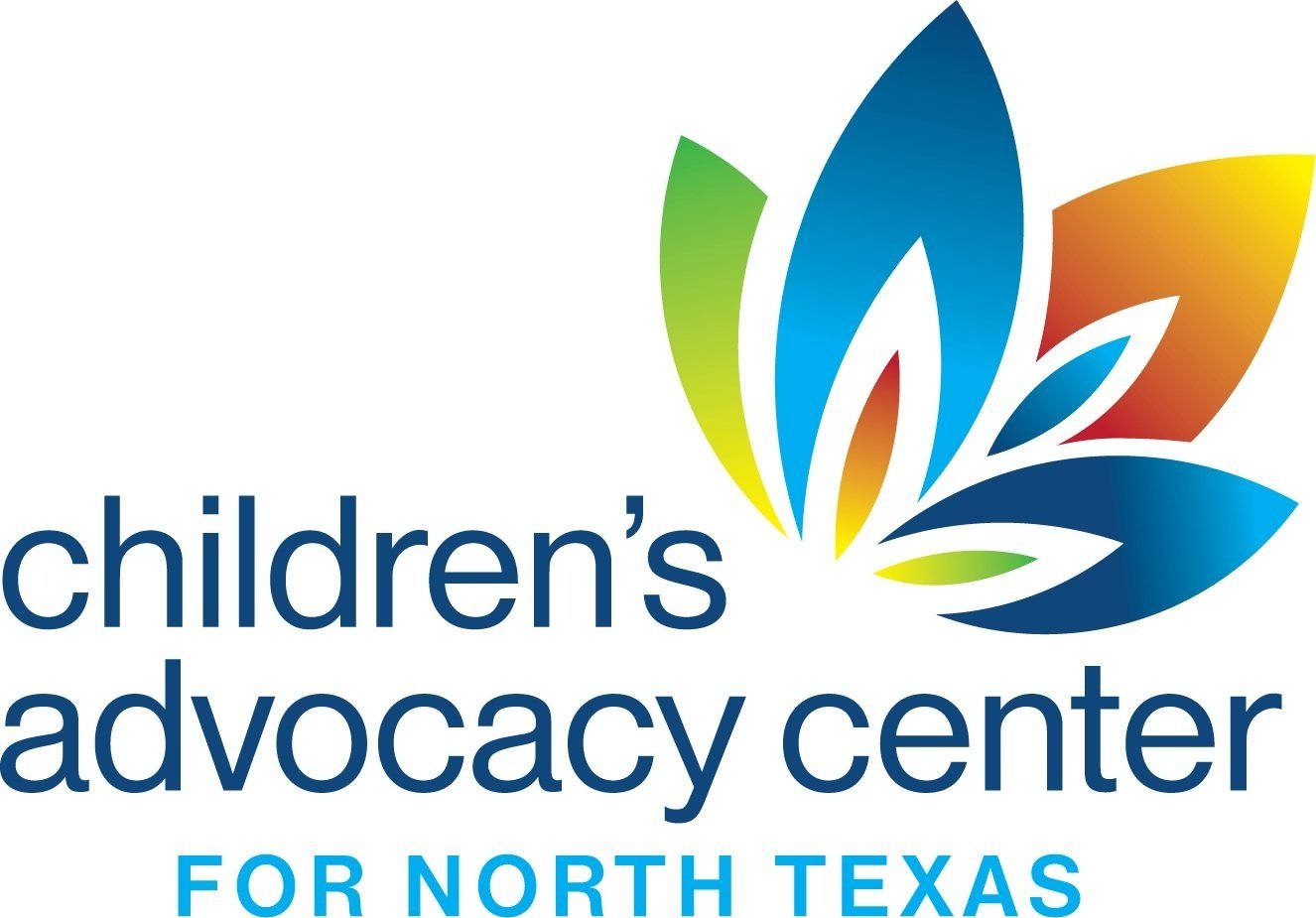P.S. Happy Bear
A program for Pre-K through 2nd grade offered in English and Spanish
About P.S. Happy Bear
Happy Bear is the main character in this 15-minute entertaining and interactive play. Students guide Happy Bear all through his day teaching him about welcome touches and unwelcome touches and how they differ.
Students are given practice examples of welcome vs. unwelcome touches, such as a hug from Happy Bear's mom (welcome touch), little sister tickling his nose (unwelcome touch), a high five with a best friend (welcome touch), and a push from a bully (unwelcome touch).
Students are taught basic resistance skills such as how to say "no" and to "move away" from unwelcome touches.
Statistically, one in ten children in the United States will be a victim of sexual abuse before their 18th birthday. One-third of sexual abuse victims are under the age of six. Research demonstrates that by teaching about personal safety, children are more likely to tell an adult about an inappropriate touch. Happy Bear reviews these important messages with your student in a fun, informative format.
P.S. Happy Bear was created by Sunflower House, a child advocacy center. P.S. Happy Bear is a nationally-recognized educational program used in hundreds of elementary schools.
Concepts
Private parts: The words “private parts” are used to describe the area on the body. Anatomical names for body parts are not used. In the middle of the play, Happy Bear goes to his favorite class, P.E., and pretends to swim. Students quickly remind Happy Bear to wear a swimsuit before getting into the pool. Happy Bear models a bathing suit for boys and then a bathing suit for girls; the facilitator of the play mentions how the bathing suits are different due to needing to cover different private parts. The facilitator explains that boys’ swim trunks cover private parts in the front and in the back, and girls’ bathing suits cover private parts in the front at the top and the bottom and in the back.
Personal space: The concept of personal space is then introduced by Happy Bear using a hula hoop as a visual. Students create an imaginary hula hoop around their bodies and call this a “personal safety zone.” Children demonstrate how they can make their hula hoop/personal safety zone BIG to keep unwelcome touches far away or SMALL to allow welcome touches. After several scenarios of practice and repetition with welcome and unwelcome touches and personal safety zones, students eventually guide Happy Bear through recognizing and resisting an unwelcome touch and reporting to a safe, trusted adult.
Saying “no” and telling an adult: In this ending scenario, Happy Bear goes to his babysitter’s house after school. The babysitter mentions playing a new game of touching Happy Bear's private parts. (We do not identify or name specific private parts). Happy Bear along with students shout "no” and “move away!” Happy Bear immediately tells his mother. Students teach Happy Bear, very loudly, to say "I'm going to tell!" and that it is "never your fault."
Once the play ends, students have the option to interact with Happy Bear and put into practice a welcome touch. They can approach Happy Bear and give a hug, high five, or a fist bump; students greatly enjoy this. If students choose to not give Happy Bear a welcome touch, it is encouraged that they absolutely do not have to.

